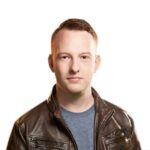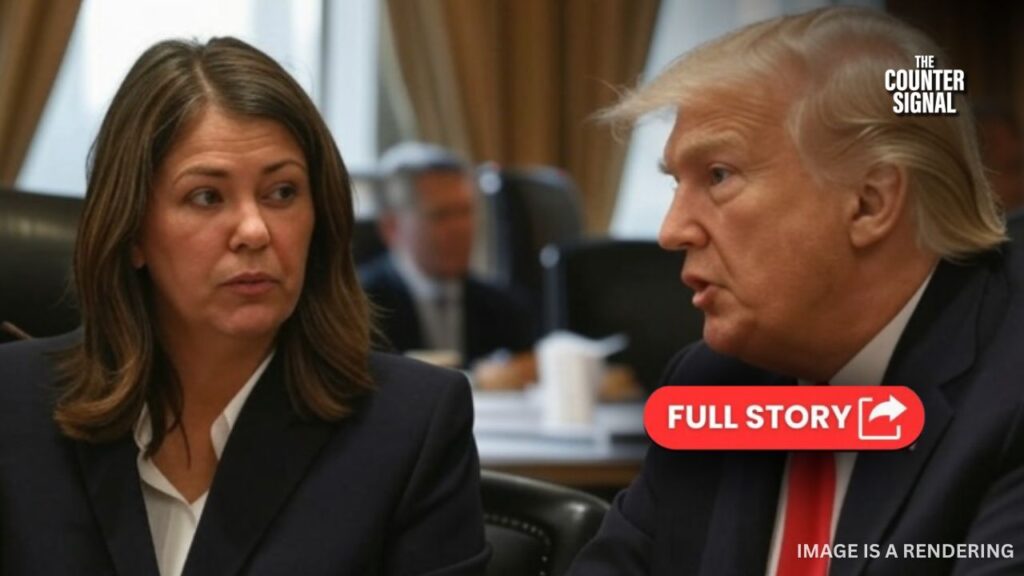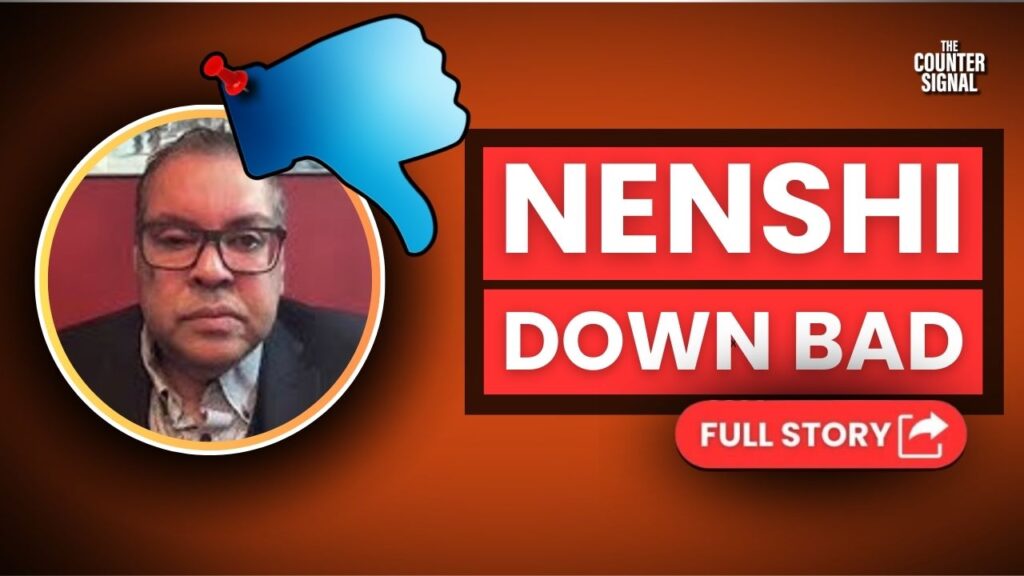Federal Energy Minister Jonathan Wilkinson announced that provinces must commit to achieving an emissions-free electricity grid by 2035 in order to access the billions of dollars in tax credits and grants earmarked for electricity projects.

“To access the tax credit will require that we are moving in the direction of a non-emitting grid,” said Wilkinson on Tuesday.
This sets the stage for a potential clash with provinces that are not yet on track to meet the 2035 target. Alberta, Saskatchewan, Nova Scotia, and New Brunswick, where coal and natural gas remain significant power sources, could face an uphill battle to transition to a clean grid within the stipulated time frame.
Both Alberta Premier Danielle Smith and Saskatchewan Premier Scott Moe have expressed their intent to achieve a non-emitting grid by 2050, a stance rooted in practicality rather than ideology.
Last month, Smith told Prime Minister Justin Trudeau that phasing out the oil and gas industry is not going to happen — and “this is non-negotiable.”
Wilkinson has actually praised Alberta for being the leading province in solar power expansion, as well as being ahead of schedule on retiring or converting its coal-fired electricity generators.
But on Tuesday, Alberta’s Environment Minister, Rebecca Schulz, expressed concern about Wilkinson’s announcement.
“Alarmingly, reports indicate that Minister Wilkinson and Minister of Environment and Climate Change Canada Steven Guilbeault are considering prohibiting access to these funds, should they ever become available, to provinces that will not commit to their unrealistic 2035 timeline. This would obviously penalize the provinces most in need of assistance in transitioning to a carbon-neutral grid, including Alberta,” Shultz said.
Changes to the feds’ plans
The federal budget had already outlined restrictions for the new refundable 15% clean electricity investment tax credit, which was designed to incentivize investments in non-emitting electricity production, storage, and interprovincial transmission.
However, the Trudeau Liberals are now considering a broader scope that would include various investment tax credits aimed at hydrogen production, clean technology, and carbon capture and storage systems.
The feds are also prepared to allocate over $3 billion in grants for renewable electricity projects and grid-enhancing technology upgrades.
According to Wilkinson, the “gap” that exists between the federal government and some provinces is “not about whether we should have a non-emitting grid. It’s about whether we get there by 2035 or somewhere a little bit later.”










